If you had your pick, what kind of movie would you want to see? It has to be something exciting or adventurous or thrilling. Would you pick the Spaghetti Western? A kung-fu classic? Horror in deep space? Dinosaur… comedy? These are the kind of settings you’ll find in Live A Live, a unique RPG developed by Square and released for the Super Famicom in 1994.
Their previous offerings in the genre, such as Final Fantasy, hadn’t strayed too far from conventional fantasy settings. Knights, mages, dragons… you get the idea. However, with Final Fantasy II, which leaned into its scenario taking heavy inspiration from the Star Wars trilogy, you caught a whiff of desire. To bring filmic elements to RPGs — to ponder: “wouldn’t it be cool if this film was like a console RPG?” To take that further: “What about A Fistful of Dollars? Enter the Dragon? Alien? Ultraman? What would that even look like!?”
Developing games inspired by films, not merely to make films — but to make them games is a Rosetta stone for much of Square’s storied history. Live A Live is very much the next step in that lineage that bridges us to Final Fantasy VII integrating full motion video into gameplay, to Final Fantasy XIII emulating the cadence of a blockbuster action film, and to the present, where Final Fantasy XVI’s massive kaiju battles take center stage. Game developers who like movies too and think they are cool.
I like to think of Live A Live (and a few other titles) setting the gears in motion for Square to develop many of the titles many fans hold in the highest regard today. It’s also something of a proto-Chrono Trigger, wherein Square assembled a “Dream Team” of creators to contribute — and in Live A Live each of the seven paths feature characters designed by different manga artists.
This week, Square Enix and Nintendo released a demo of the game, featuring the initial chapter of three different scenarios. This includes Imperial China, where the Earthen Heart Shifu must find and train a successor to inherit his kung fu, the Twilight of Edo Japan, where a shinobi must infiltrate a fortress to save Japan, and a robot in the distant future who joins a group of spacefarers headed home.
Each of these stories feels wildly different than the rest, not only in tone, but in their core gameplay concept. In Imperial China, the game is laid out more like a traditional RPG, traveling around the land and collecting party members. Yet, the Edo Japan scenario has you stealthily avoiding combat if desired, as some encounters are quite tough and risky to engage. A “lives taken” counter ticks with each battle, a consequence not present in other scenarios, that seemingly dissuades you from fighting. In the distant future, the core combat of the game is presented as a video game, a mini-game, that can be played in what’s otherwise a text adventure.
These combat sequences take place on a tiled grid, with enemies and allies able to move positions like chess pieces. Each chess piece has its own set of abilities that target specific tiles, and have their own RPG-flavored attributes. Your propensity to move in offensively may not always be the wisest choice, as learning how enemies’ moves work will allow you to more decisively move and act.
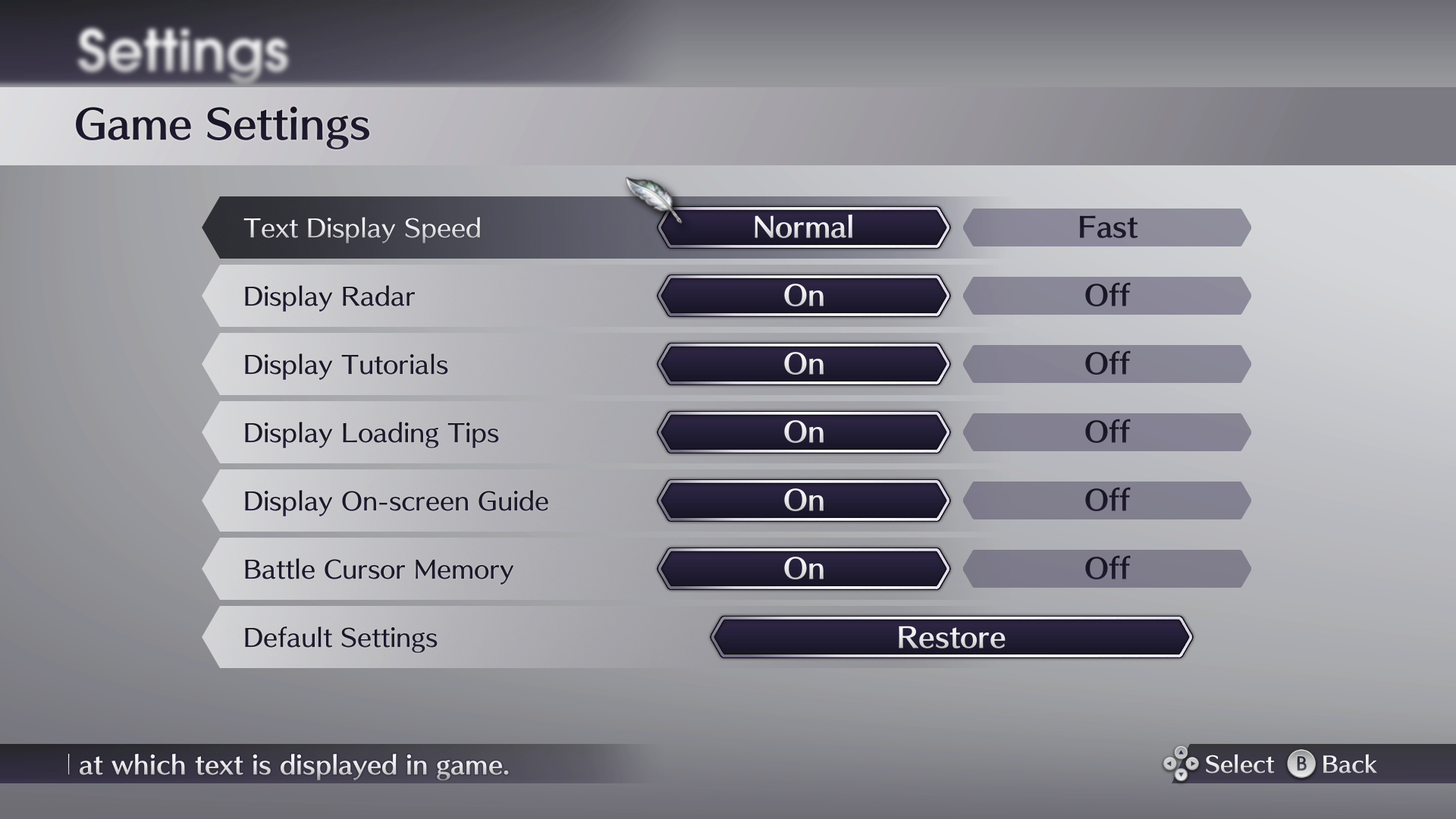
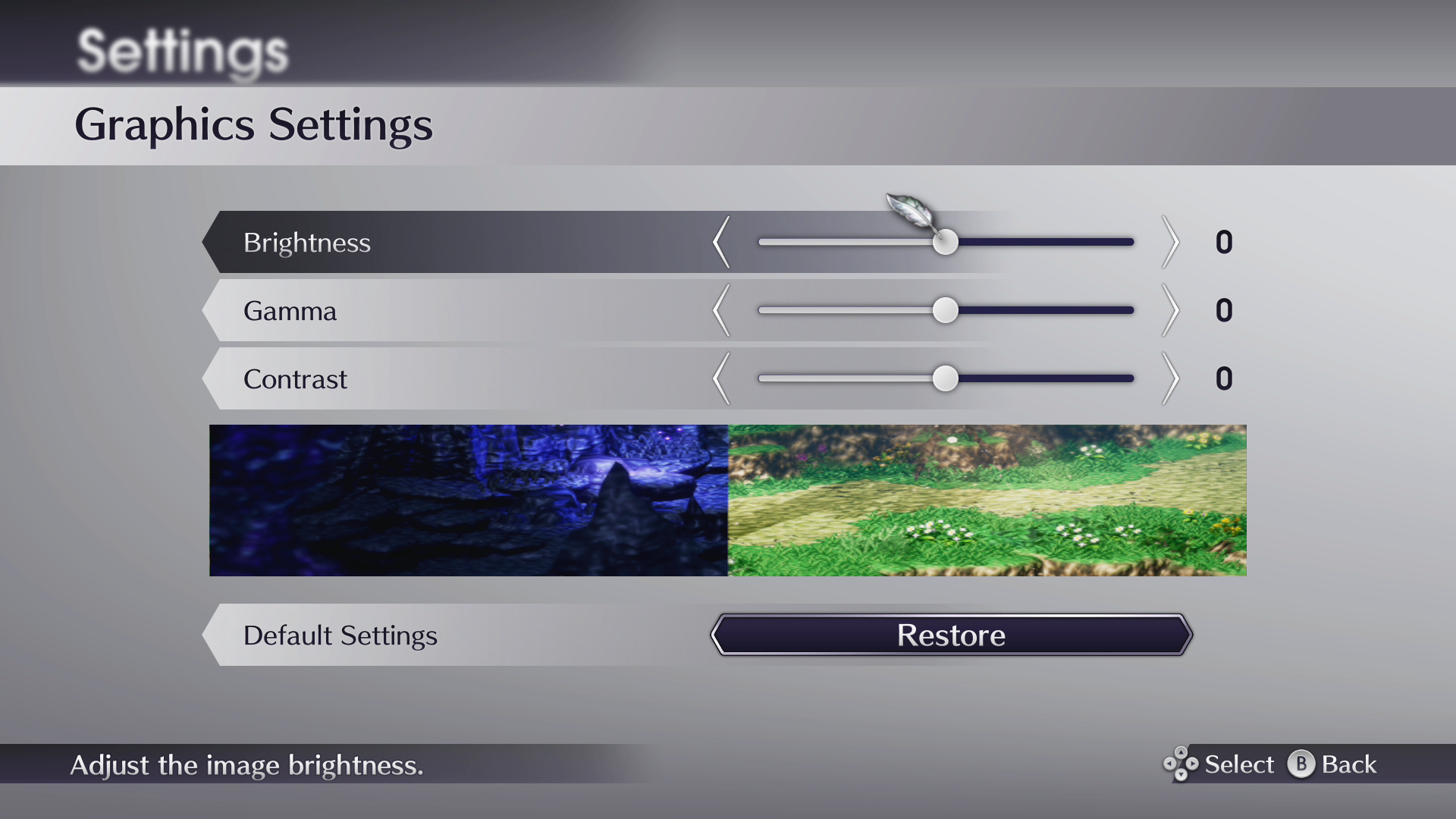
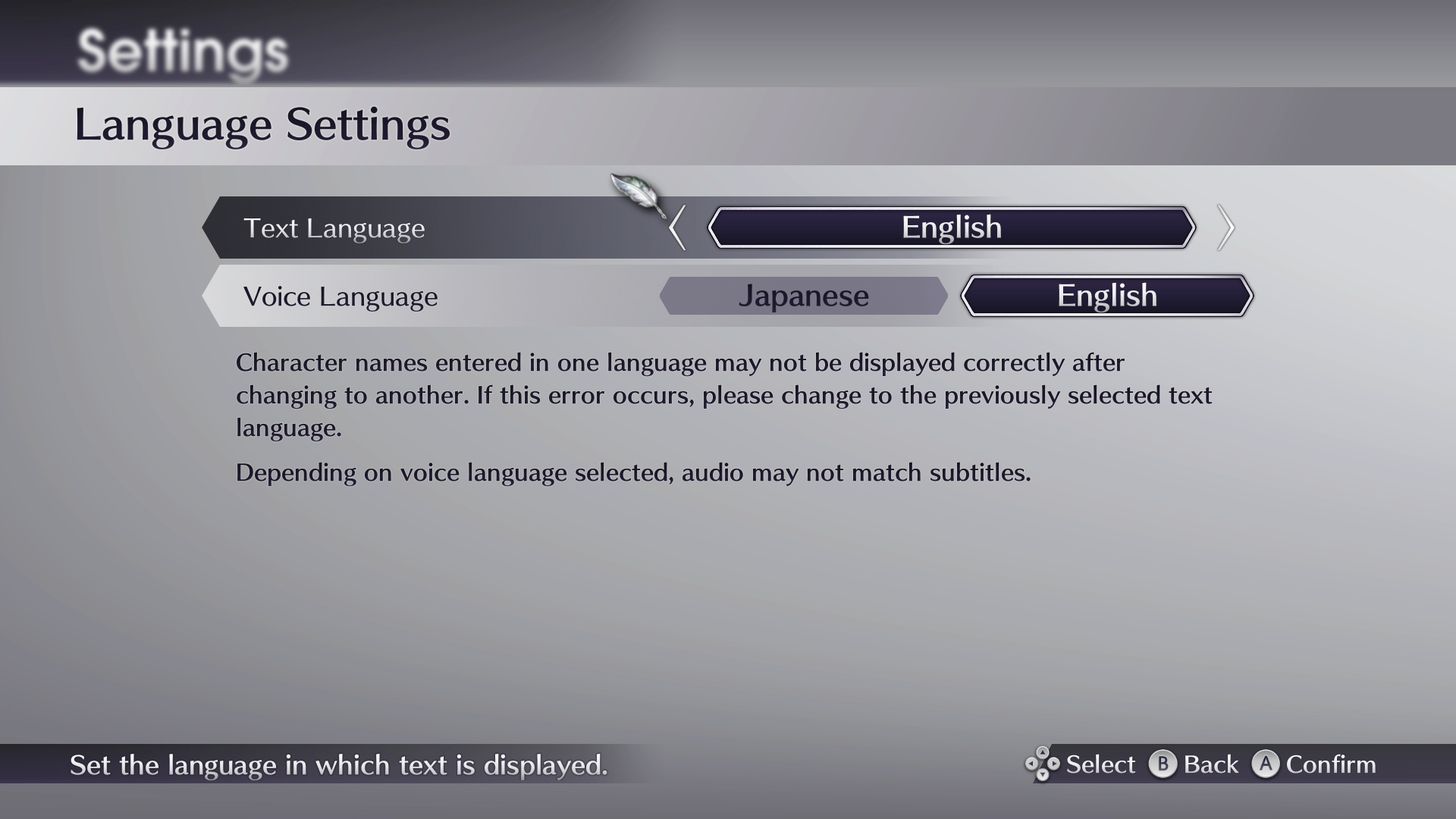
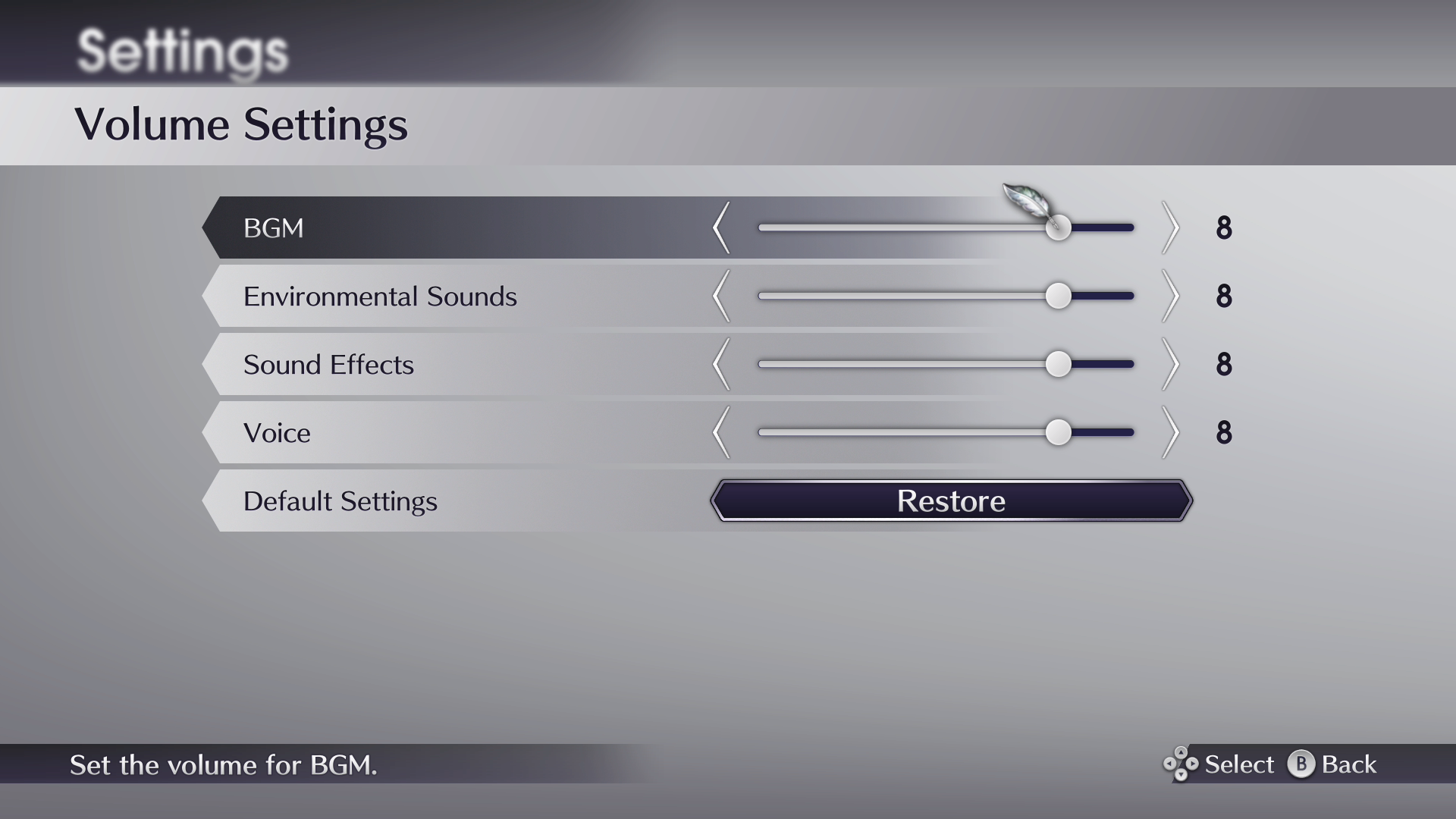
The game also features voice acting for key cutscenes, and you can set them to play automatically, though I did notice that text bubbles often closed in sync with the voice lines versus the default text speed, causing them to advance before the text finished scrolling. The game also has an attractive menu redesign that’s very sleek. The HD2D presentation is great overall, though I could do without the somewhat blurry vignettes. Japanese and English voice acting can be toggled from the main menu, if desired.
Live A Live is a fun relic of Square’s past, and I’m glad it’s been revived for modern platforms. The multi-scenario format is one the company keeps coming back to, explored a bit in SaGa games, and the recent Octopath Traveler. Even Kingdom Hearts if you want to get wild with it. The HD2D coat of paint is appealing, minor quibbles aside, and the treatment for the script and music are delightful. A curious exploration of what could and can be.
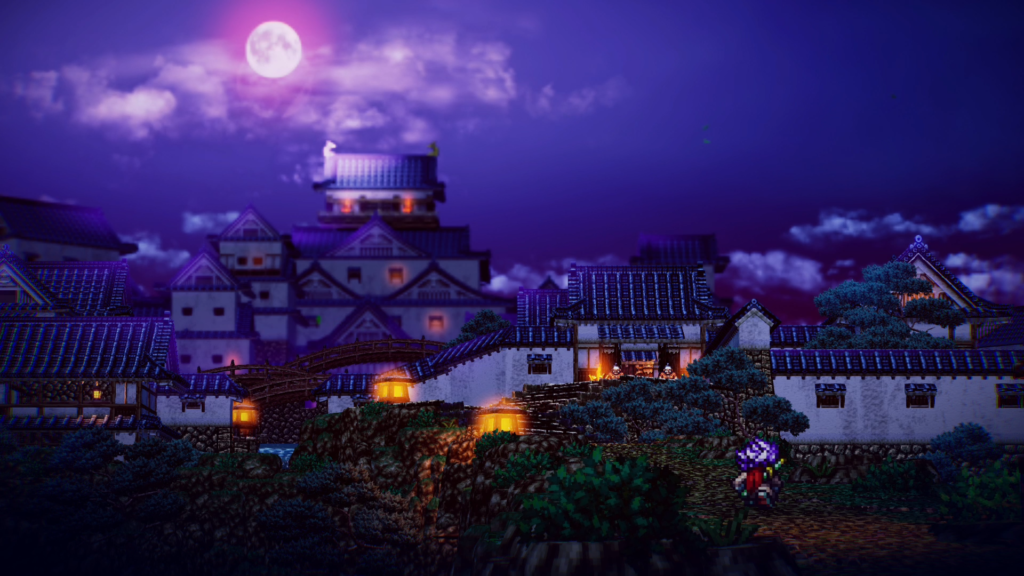
Recent Comments